Script
It was quite a coincidence this time that I was in charge of being the director again, and I began to write the script. This time, we chose one theme from among social phenomena, fairness, sustainable development, etc. After the discussion of our group, we finally decided to take social phenomena as the theme and focus on social justice × identity labels × prejudice impact to create our project. The following is the script I wrote
On a somewhat oppressive afternoon, thick clouds loomed overhead, blocking any direct sunlight. The whole atmosphere felt like a storm was brewing—dark clouds pressing down as if ready to crush the city. Everything was cast in cold and muted tones, with only a faint breeze drifting through the air. In this heavy atmosphere, the protagonist walked alone down an empty, ordinary street. What the protagonist looks like doesn’t matter. What matters is the overwhelming sense of exhaustion and oppression they carry. On the upper back, near the spine and slightly toward the right shoulder, there’s a tag stuck to their body that reads “lazy” (semi-transparent, 3D acrylic letters). It feels as though this very tag is the source of their deep fatigue. (Subtitle/Voiceover: “Some words stick before you know they exist.”)
As the protagonist drags themselves forward, suddenly, as if sensing something, they stop. They lower their gaze toward the left-hand side near their feet. Something is changing along the path they’ve walked—word labels begin to seep up from the ground, as though they had always been part of it. Among them, a tag reading “noisy” slowly surfaces and begins to drift upward, floating weightlessly. The protagonist watches as the word floats beside them, just below the “lazy” tag, unmoving and indifferent. Then, with a numb expression, they turn their head upward again toward the sky. Without warning, more words begin flying toward the protagonist from the sky. Soon, the air is thick with them, forming a dense, impenetrable “wall” of words right in front. The words begin to spin—rotating from the protagonist’s right to left. From a distant view of the city, under the already heavy clouds, a massive tornado made entirely of words takes shape. (Subtitle/Voiceover: “Their voices became a storm—twisting me into someone I don’t know.”)
Inside the tornado, the protagonist doesn’t appear panicked. If you look through the gaps in the swirling letters, you see them standing firm, one arm raised to shield themselves, body leaning forward, legs braced to resist the wind. Their clothes and hair whip wildly in the gusts. Then suddenly, a voice breaks through from outside the storm: (Subtitle/Voiceover: “You are not their words. You are your own form.”)
At that very moment, a hand reaches through the tornado and grabs the protagonist’s wrist—the one shielding their face. With a strong pull, it yanks them out of the storm. As they’re pulled free, a “cowardice” tag on their chest begins to change—shifting from a 3D label into a pink piece of paper with handwritten words on it. The moment they emerge, the tornado abruptly halts. It collapses. The words begin transforming—degrading into rose petals. With the tornado’s energy spent, its shape and spin fall apart. The petals scatter, carried by the fading wind, drifting into the sky and outward in all directions. The protagonist stands still as sunlight begins to shine—first illuminating just them, then gradually radiating outward in a circle from where they stand. The storm has dissolved. The sky turns warm. The protagonist looks at the friend who pulled them out, still shaken. Some crooked, scattered 3D word labels remain stuck to their body—leftover fragments that didn’t turn into petals. The protagonist regains their composure and looks ahead. Now, in addition to the friend, there are a few more people—perhaps three to five—revealed to be the friend’s friends. The friend places a comforting hand on the protagonist’s shoulder and gently leads them forward. As they walk, the others surround the protagonist, helping to peel off the remaining tags and straighten their clothes. As the camera rises, the sky fills with one final caption: (Subtitle/Voiceover: “To be undefined is a right. We are each our own design.”)
End
Label Storm
Preparation Stage
Just like in the previous cooperation project, I am still in charge of coordinating and managing our team. After the script was completed, I was responsible for organizing and compiling the storyboard drawn by Wang Haoshu into a storyboard chart, and also arranging the specific matters related to the shooting. We borrowed a lot of equipment from the school’s equipment room and are planning to start shooting next week.

What’s different this time is that we are mainly using Teams as our communication software.
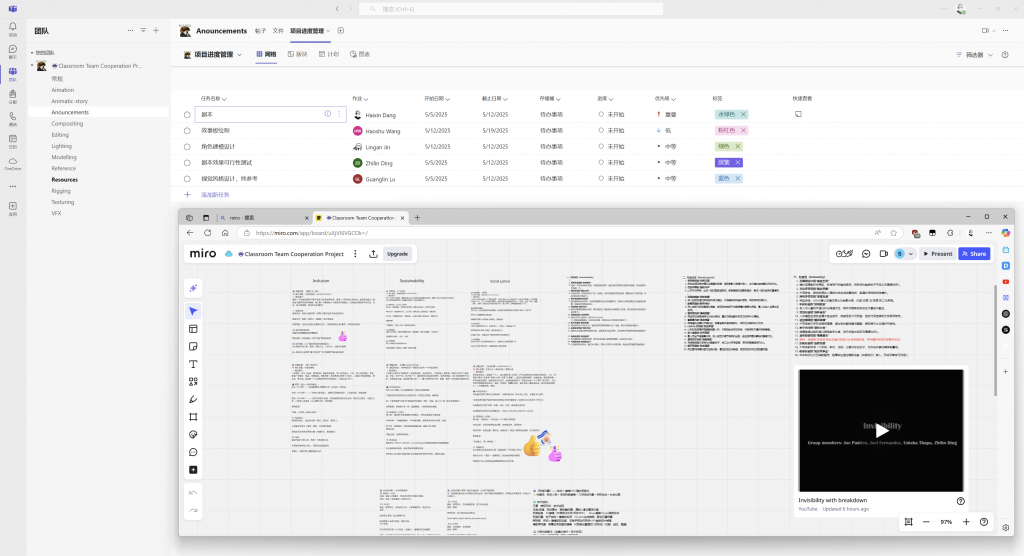
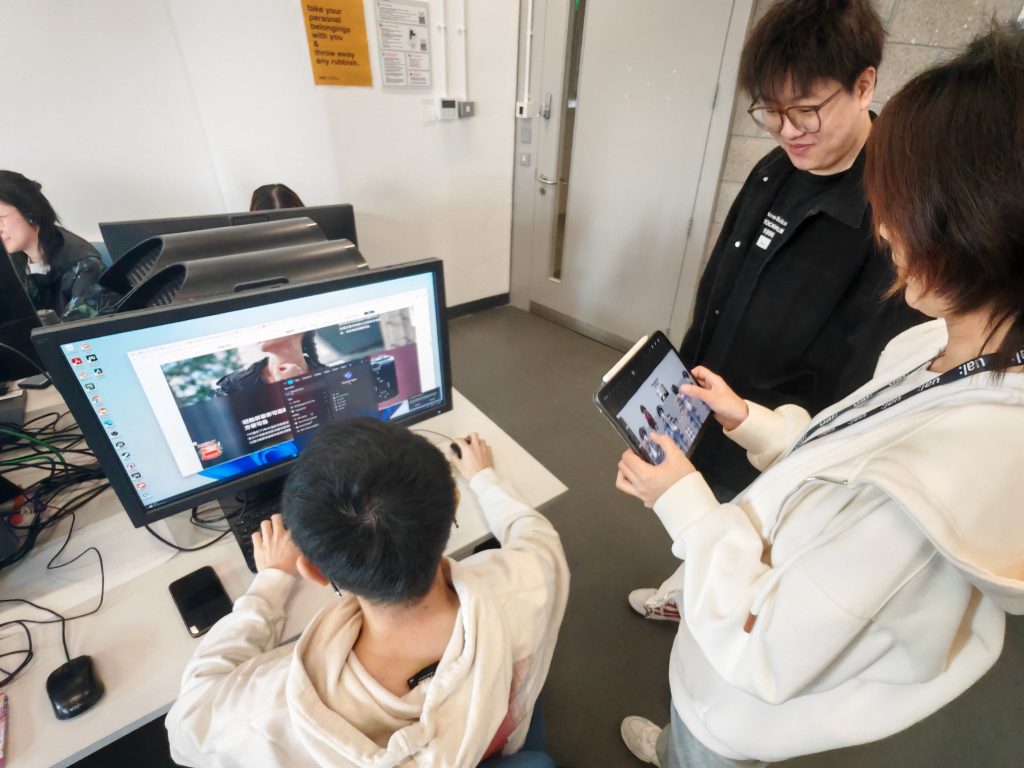
Shooting Stage
At this stage, we invited our classmate ben to be our male lead actor to cooperate in the performance. We chose a small alley near the school as the location. As a director and producer, I use an ipad to monitor the display screen and am responsible for communicating and coordinating with the actors at the same time.
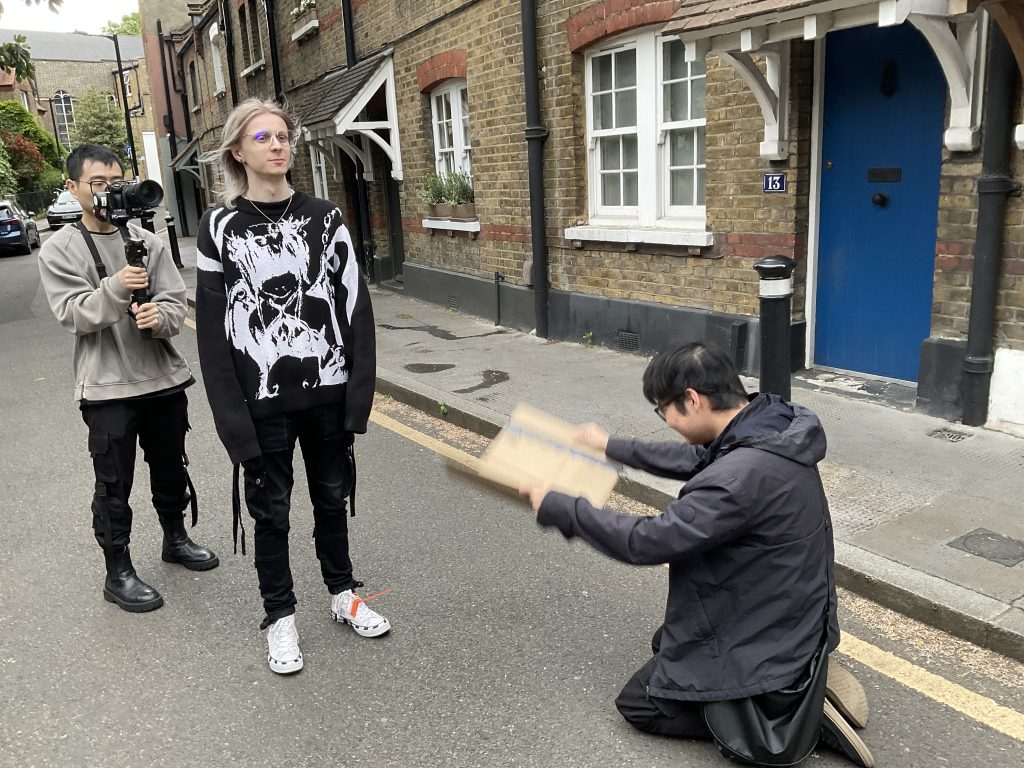
VFX Production Stage
During the special effects production stage, my main task was to assist team members in creating special effects as well as the task allocation and management of the project. During this process, I first classified and managed each shot, picked out the segments that needed special effects and redistributed them, and finally handed them over to the team members for completion. During this process, I was the director in charge and assisted the team members in achieving the final effect.
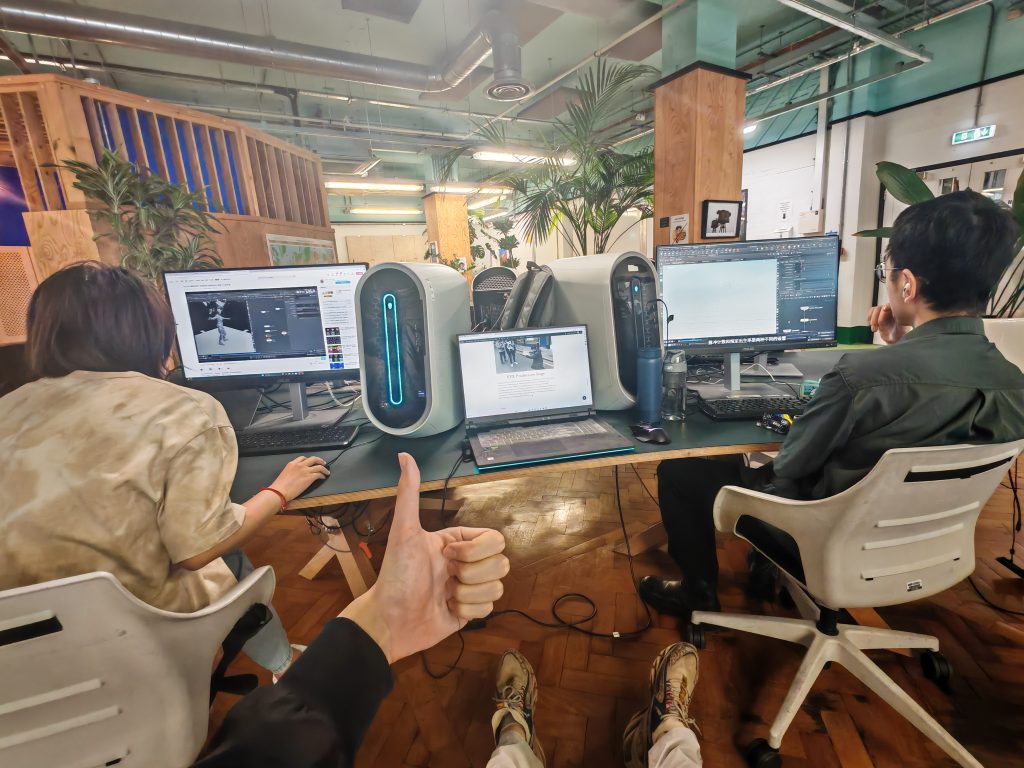
In addition, I was also responsible for the technical support of houdini and helped my team members complete the production of camera special effects.
Reflection
Looking back on the Label Storm project, I recognize both the strengths of our teamwork and the areas where we can improve. Overall, the project successfully captured the central theme of identity labels and social prejudice, and our collaboration made it possible to move from script to screen. However, as with any creative group work, challenges emerged in coordination, workflow, and communication that are worth reflecting on.
One of our greatest strengths was clear role assignment. From the beginning, I was responsible for directing, producing, and managing workflow, while other members focused on storyboarding, acting, and special effects. This division of labor allowed us to progress efficiently, as each person understood their responsibilities. At the same time, I noticed that our reliance on me as the central coordinator sometimes slowed decision-making. In the future, it might be more effective to establish smaller sub-leaders for areas like VFX or cinematography. This would reduce bottlenecks and empower team members to take more initiative.
Communication was another key factor. We switched to Teams for this project, which made file sharing and task updates easier than before. Still, there were moments when miscommunication occurred—for example, when scheduling shoot times or clarifying technical details. To improve, we could adopt more structured communication methods, such as weekly progress reports, clearer deadlines, or shared task boards. These tools would reduce confusion and help everyone stay aligned.
The production process also highlighted the importance of preparation. Although we secured equipment from the school, some technical issues during shooting could have been avoided with more thorough testing beforehand. For example, adjusting to the lighting conditions in the alley took longer than expected. In future projects, conducting a detailed pre-shoot checklist and technical rehearsal would save valuable time on set.
In post-production, our VFX work was ambitious, and the team showed strong creativity. However, because VFX tasks were complex, distributing them evenly proved challenging. Some members felt overburdened, while others were underutilized. A better approach would be to evaluate each member’s technical strengths early on and assign tasks accordingly, possibly providing training sessions so that responsibilities are shared more fairly. This would not only balance the workload but also allow members to develop new skills.
Finally, the collaborative spirit of the group was a highlight. The imagery of labels turning into rose petals symbolized not just the protagonist’s liberation, but also our own teamwork—transforming individual ideas into a unified story. Still, I believe our project could benefit from deeper collective reflection during the creative stage.
In conclusion, the Label Storm project was a rewarding creative experience that strengthened my leadership and technical coordination skills. By optimizing communication methods, delegating leadership roles, improving preparation, and balancing post-production workloads, our team can achieve even greater efficiency and creative synergy in future collaborations.
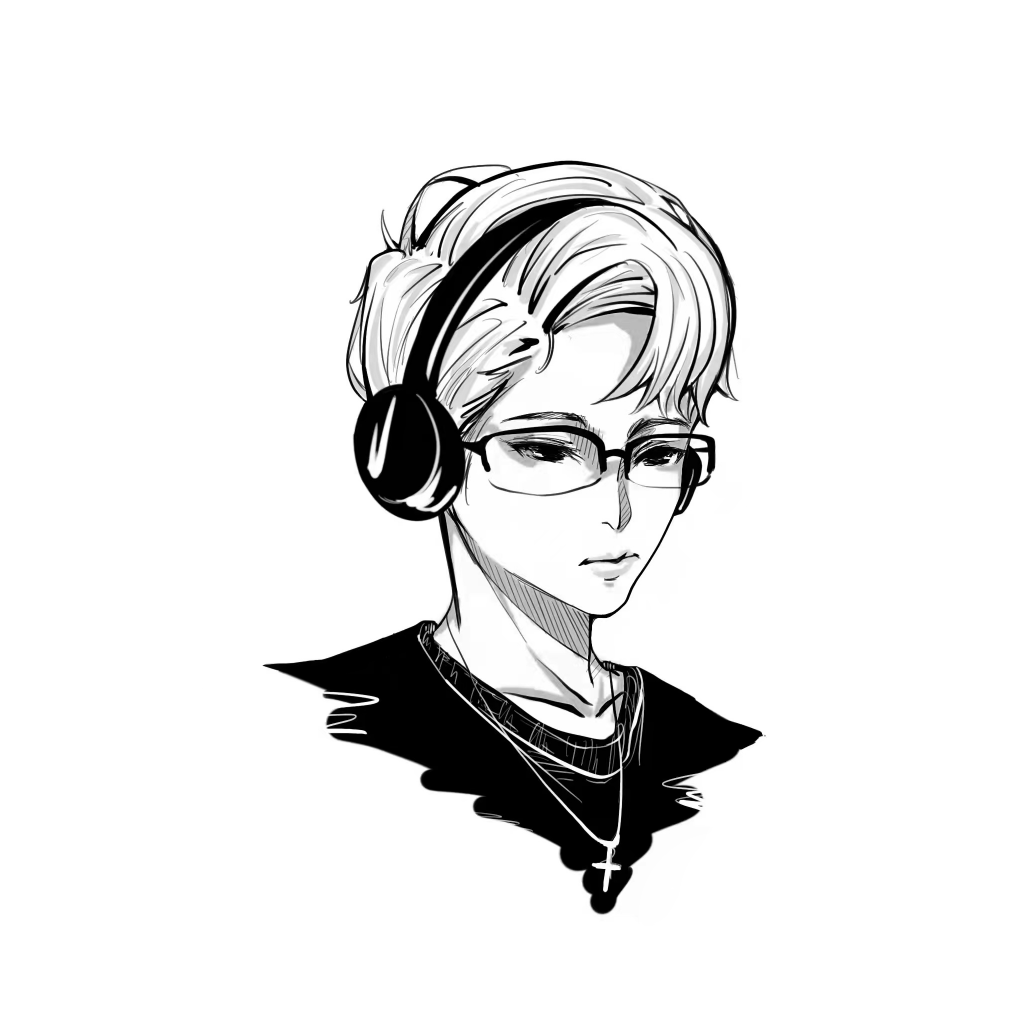

Leave a Reply